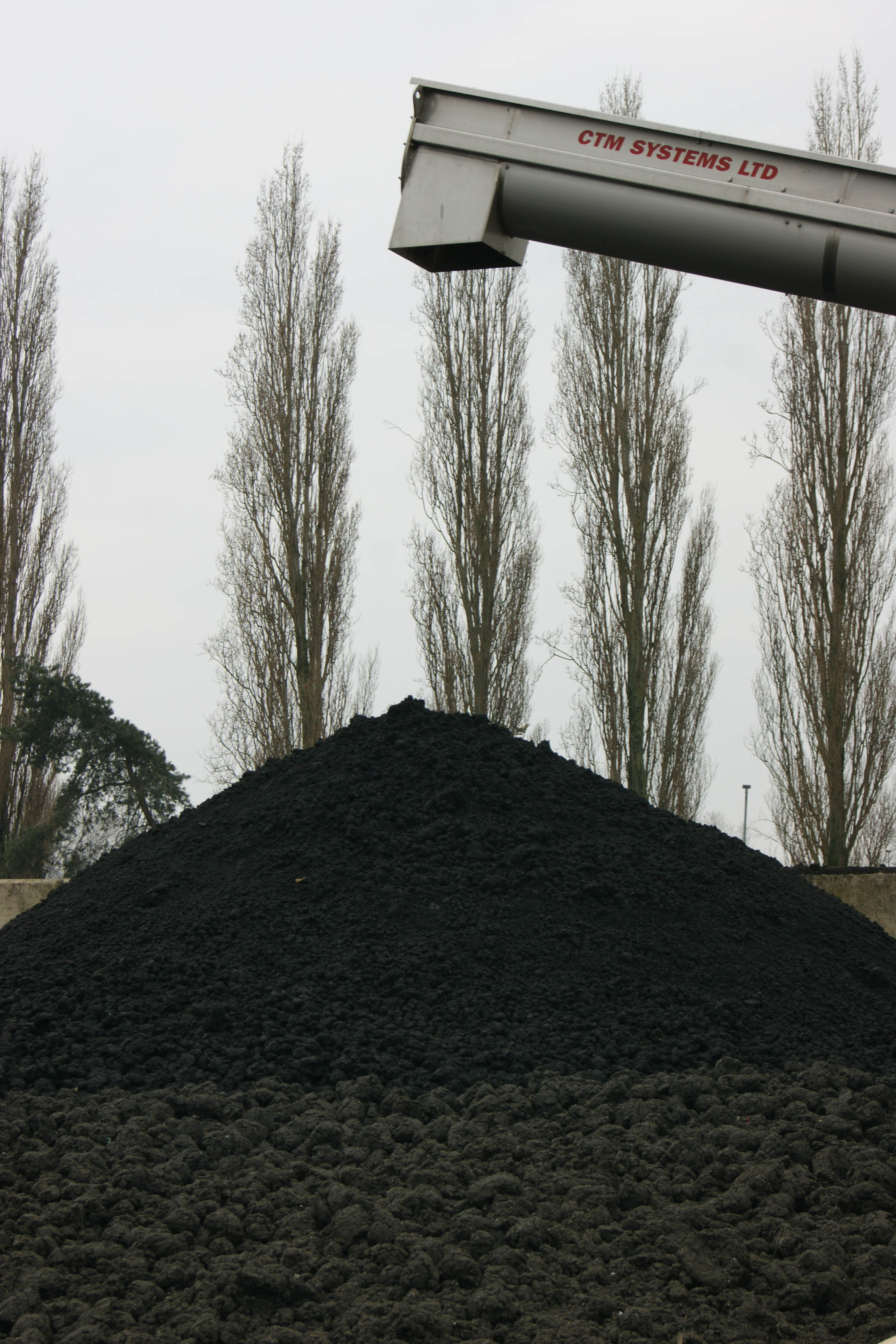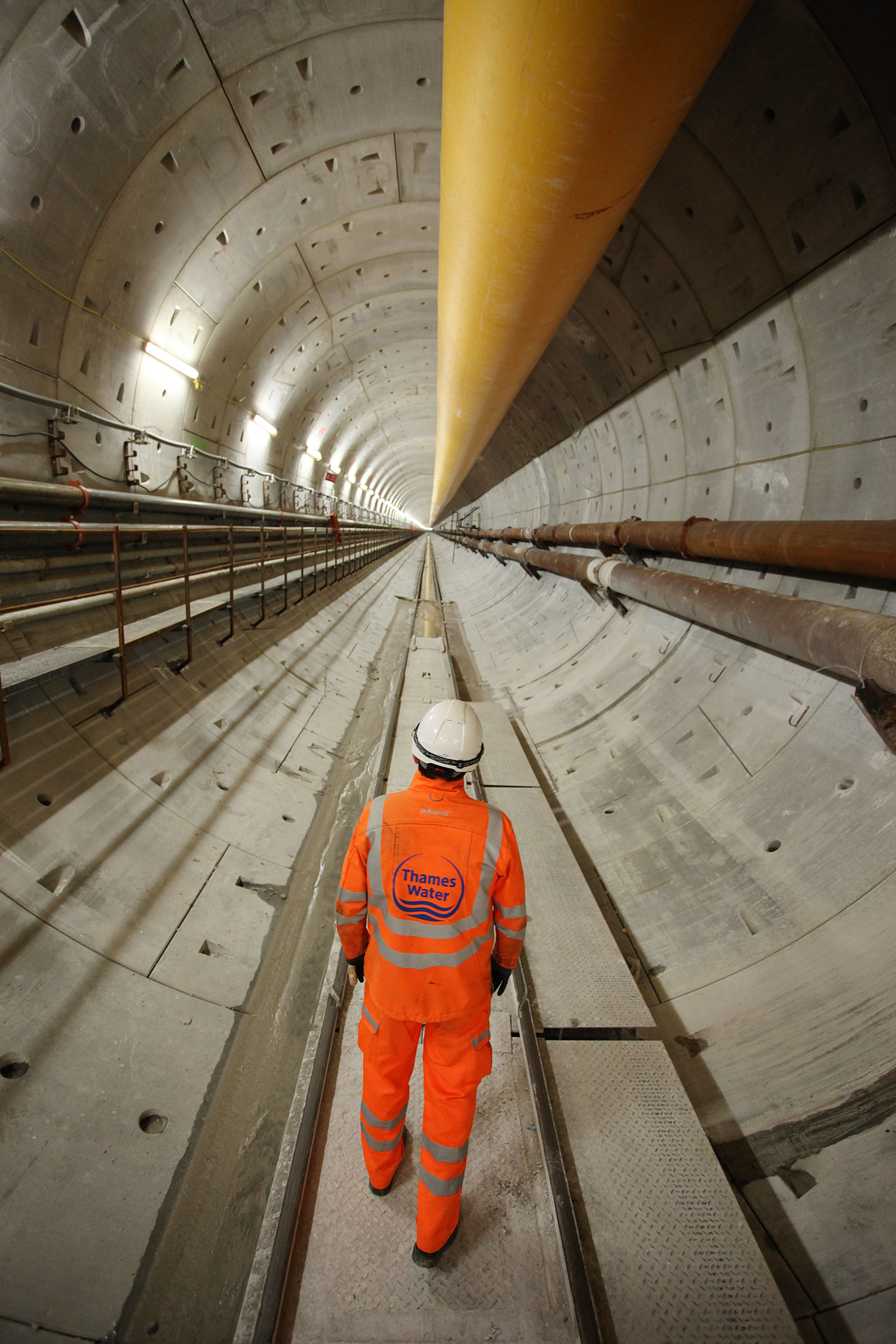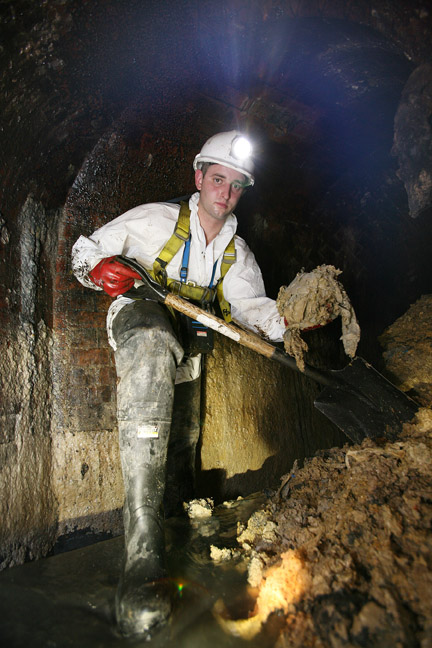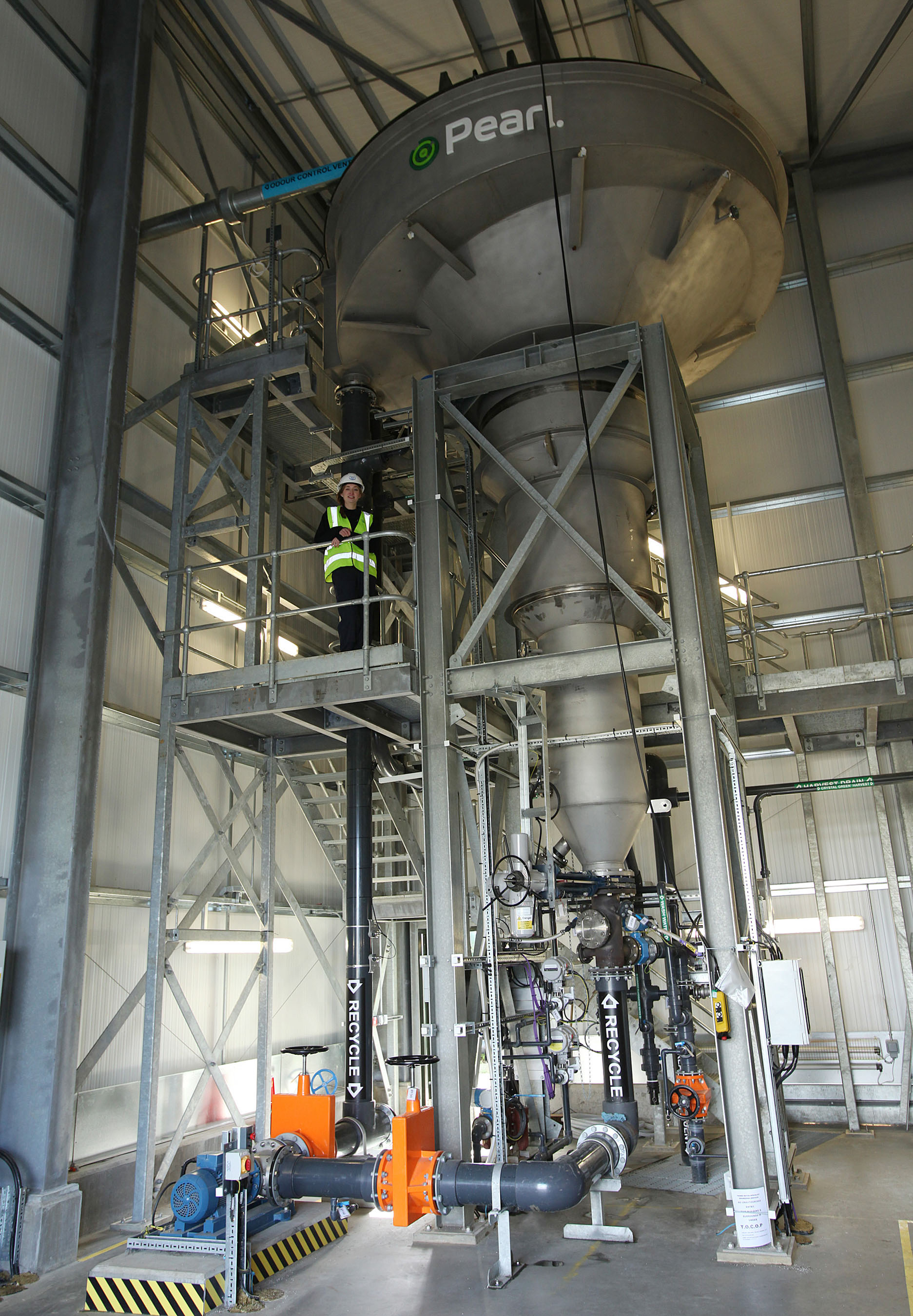In the latest of our blogs linked to The Rubbish Collection, Curator Sarah Harvey talks to Nick Mills, Waste Innovation Manager at Thames Water about what happens to our sewage and what the future holds for wastewater.
Sarah: What do Thames Water do with our sewage?
Nick: We have 350 sewage works and 68,000 miles of sewers across our region, which stretches from East London to the Cotswolds in the west. Last year, we removed and treated 4,369 million litres of sewage from 15 million customers. At our 350 sewage works we treat the sewage to remove contaminants and return it safely to the environment, it is often cleaner than the water in the river.
Sarah: What happens to the end products of the processing?
Nick: The main end-product of the sewage treatment process is something called sludge. This energy rich by-product is put to good use in anaerobic digestion, producing renewable energy that helps power our treatment sites. The digested sludge is then recycled to agricultural land.

Sarah: What are the biggest challenges you face in dealing with our sewage/ waste water?
Nick: London has outgrown its sewer system. The Victorian sewers are in great condition, but simply not designed for today’s population. They were designed for just over two million but are used today by just over six million. The proposed Thames Tideway Tunnel will stop tens of millions of tonnes of raw sewage flowing into the Thames every year via the outfall system. It is a must-do job. We can’t keep treating the Thames as a sewer.

Sarah: What are the strangest or most difficult things to deal with that people throw down the drains?
Nick: ‘Bin it – don’t block it’ is our campaign to end the misery caused by fatbergs. Leftover cooking fat and oil poured down the sink will set hard. This creates stinking, pipe-blocking fatbergs beneath your house or in your street.

Wet wipes are another big no-no because they are made of plastic. They don’t break down like toilet tissue, clinging to fat and clogging up the system. If drains get blocked, what you flush can come back up through your toilet or even your sink.
Sarah: What can consumers and organisations do better? Is there a top 3 list of things people could do differently to help?
Nick: Our message is simple, if it’s not water, toilet tissue or poo, please… ‘Bin it – don’t block it’.
Sarah: What do you think the industry will be like in 20 years’ time? What are the new innovations and technologies that you are exploring at the moment?
Nick: In 20 years’ time I can see the wastewater industry becoming a net energy producer, by employing more efficient processes and increasing energy recovery. Combining advanced anaerobic digestion and technologies like pyrolysis, large increases can be made. Our Innovation team are busy demonstrating this at the moment. Phosphorus, a finite resource essential to life as we know it, will be recovered at every major sewage works and sold competitively as a fertiliser to farmers, this has also been demonstrated recently at our Slough sewage works by the Innovation team.

Sarah: What did you think when you first heard about Joshua Sofaer’s The Rubbish Collection project?
Nick: I think it is great. It shows the harsh reality of waste, but at the same time reveals the great work that people do behind the scenes to keep society moving. I hope it will encourage a new generation to start what is a very interesting and rewarding career as there are huge challenges yet to be solved.
Phase 2 of Joshua Sofaer’s The Rubbish Collection runs at the Science Museum until 14 September 2014.